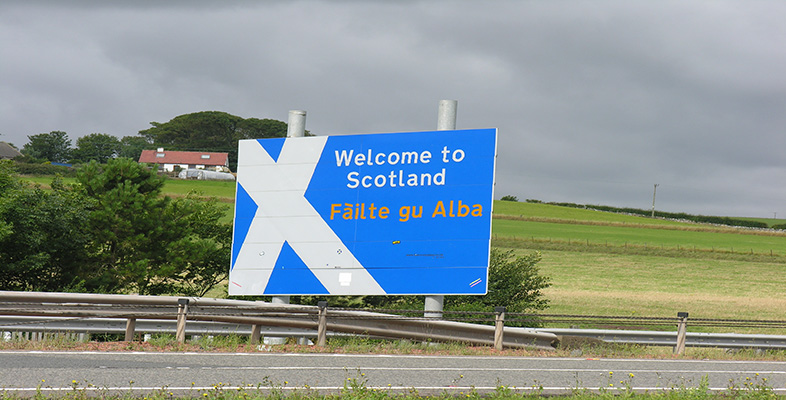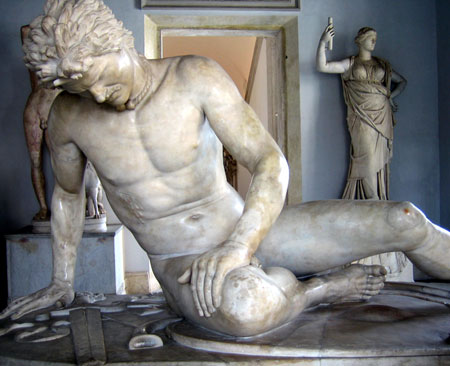2.3 Celtic place names
Historical records of tribe names and place names give a strong indication of the spread of Celtic languages. For example, dunum or dunon, a fort, is found in the recorded names of Lugdunum (now Lyons, France and Leyden, Netherlands), Camulodunum (now Colchester, England), Kambodunon (now Kempten, Germany), Minnodunum (now Moudon, Switzerland), Lugidunum (now Legnica, Poland) and Singidunum (now Belgrade, Serbia). There is also a 2nd century AD record of a Tarvedu(nu)m ‘bull fort’ in the far north of Scotland, thought to represent modern Dunnet Head in Caithness. While most of these names have become obsolete, many place names still contain this element, or its descendant form, in countries where Celtic languages remain extant. Scottish examples include Dùn Dè (Dundee), Dùn Phàrlain (Dunfermline) and Dùn Gabhail (Dungavel).
Territory names with Gal- in them mark the spread of the Celtic peoples, as another term used by the Greeks for the Celts was Galatae; the Romans referred to Galli. There is a Galicia both in north-western Spain and in the borderlands of Ukraine and Poland.

The adjective ‘Gallic’, meaning French, refers to that country’s origins as the Celtic land of Gaul (interestingly the Gaelic word Gall, a ‘Lowlander’, originally meant a Gaul). Galatia, in the centre of modern Turkey, boasts an ancient Celtic heritage which sprang from a migration of Celts from the middle Danube into Macedonia and Greece in the 3rd century BC. Some thousands of these Celts, both warriors and their families, were invited to participate in a conflict in Anatolia, after which they remained in the country. The Galatians are famed as the recipients of Paul’s Epistle, now a book of the Bible, and as late as the 4th century AD, St Jerome wrote that they spoke the same language as the natives of an area of the German Rhineland.

